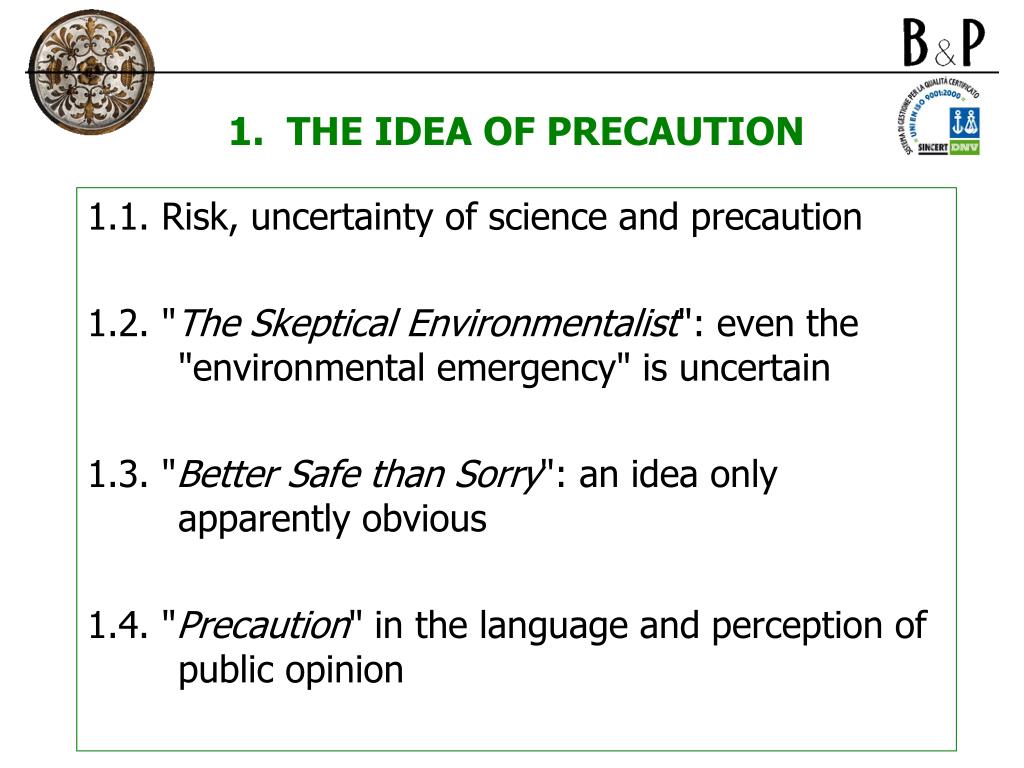

Recent times have seen the rise of ‘responsible research and innovation’ (RRI), indicating that innovation and precaution can go hand in hand. Footnote 6 Moreover, critics argue that precautionary measures may be costly, and worry that measures to restrict new technologies may actually inhibit innovation. Therefore, Sunstein argues that in a world of risks on all sides, the precautionary principle points nowhere. Precautionary measures to reduce one risk may induce side-effects or so-called risk–risk trade-offs, such as increases in other countervailing risks. Footnote 5 Sunstein argues that risks exist on all sides of social situations, and that precautionary steps may create dangers of their own. Footnote 4 The precautionary principle came under attack academically especially from 2005 onwards, when Cass Sunstein portrayed it as incoherent and lacking any orientation in his ‘laws of fear’. On the other hand, the precautionary principle has been criticized as vague, incoherent, unscientific, arbitrary and the like. As the case studies in the 2013 Report on Late Lessons from Early Warnings have shown, the timely use of the precautionary principle can often stimulate rather than hamper innovation, in part by promoting a diversity of technologies and activities, which can also help to increase the resilience of societies and ecosystems to future surprises. Footnote 2 As such, the principle functions as a theoretical construct that has created, in many different fields, a common language through which common concerns could be tackled.Īs Gee argues, in the face of uncertainty, ignorance and complexity, and wider public engagement, societies could pay attention to the lessons of past experience and use the precautionary principle, to anticipate and minimize many future hazards, whilst stimulating innovation.

On the one hand, the precautionary principle is seen as a tool that helps scientists, innovators, policy makers, politicians, and societal organizations to reflect on which technologies need to be developed, which threshold of damage can be allowed and which level of uncertainty is acceptable to society. However, it is also a very debated principle, in particular with respect to its influence on innovation. It allows them to adopt precautionary measures even when scientific uncertainties about environmental and health impacts of new technologies or products remain. It guides decision makers faced with risks, scientific uncertainty, and public concerns. The precautionary principle has acquired a firm place in the governance of modern society.


 0 kommentar(er)
0 kommentar(er)
